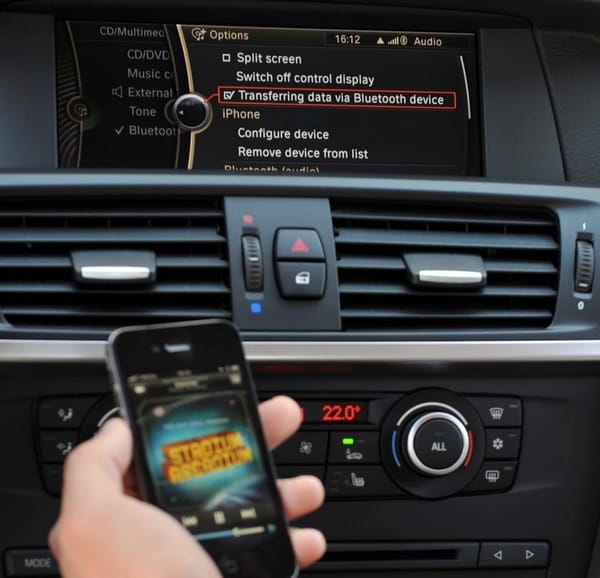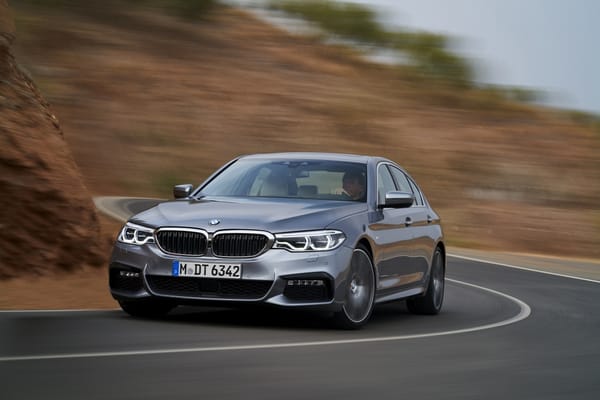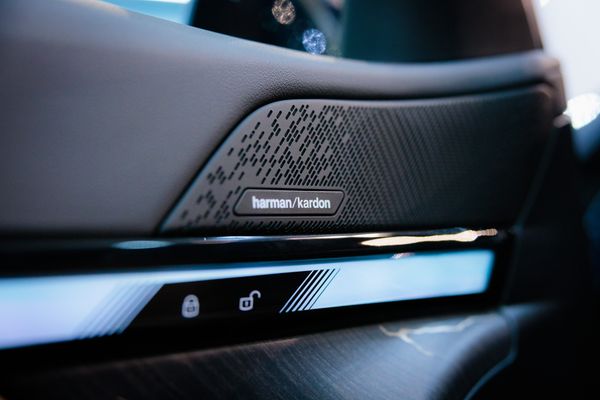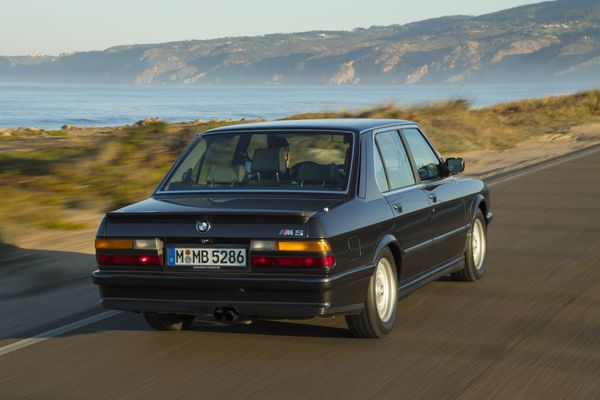How to Juice Up Your Bimmer: Diving Deep into the 12V Battery Charging World
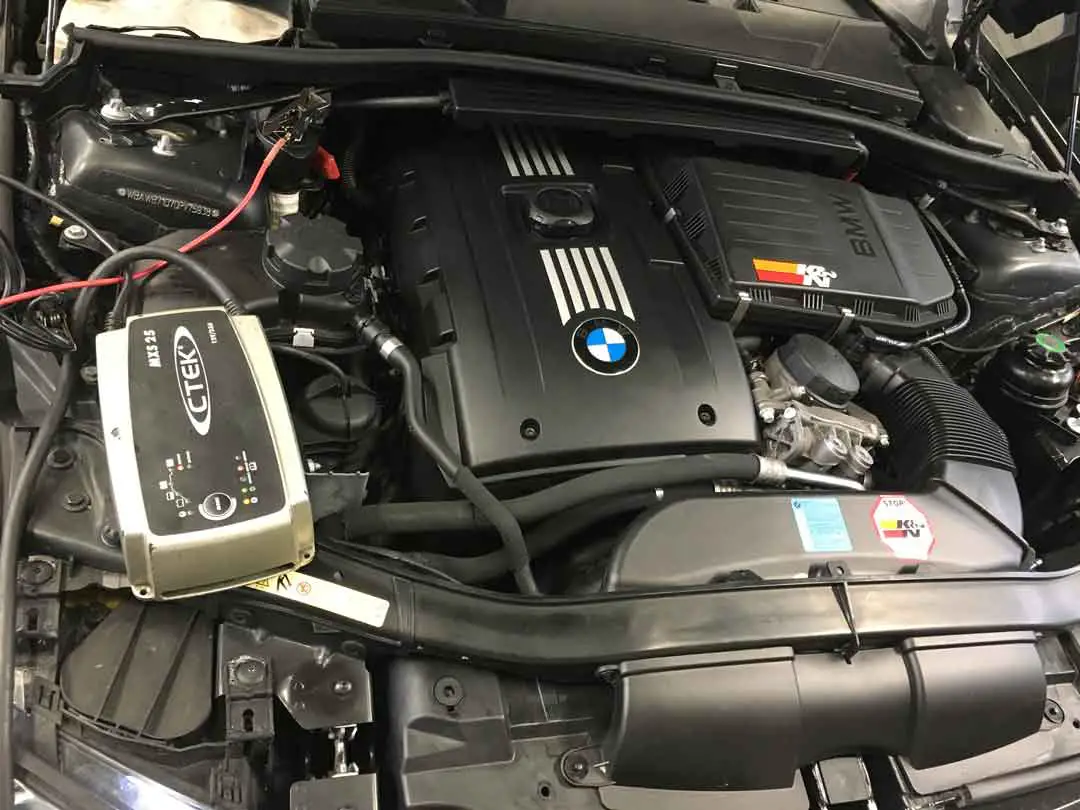
Alright, gearheads, let's pop the hood and get our hands a little dirty, shall we?
Today, we're embarking on a thrilling journey through the intricate maze of charging a 12V battery in our beloved BMWs.
Now, before you think, "Oh, it's just another battery charging guide", let me stop you right there.
BMW, in its quintessential German style, has made the process just a smidge different from your run-of-the-mill battery charging systems.
Intrigued?
So am I.
Let's rev up our engines and peel back the layers of this electrifying puzzle. Stay buckled in; it's going to be an electrifying ride! 🚗⚡
Plugging In: The Trickle Charger Tango
Okay, BMW aficionados, let's paint a scenario.
You've got your trusty trickle charger in one hand, and a determination to juice up your Bimmer in the other.
But wait!
Before you get all gung-ho and attach those clips willy-nilly, there's a bit of a dance you need to follow.
Lead-Acid or AGM Battery with a Dash of IBS
If your Bimmer's beating heart is a lead-acid or AGM battery, complemented by that fancy Intelligent Battery Sensor (IBS), here's your move: Connect your charger to the jump-start terminal points nestled in the engine bay.
It's like setting up a date between your BMW and the charger, ensuring that the IBS plays the perfect chaperone, recognizing and monitoring the whole charging soirée.
But, and this is a big 'but', if you decide to go rogue and charge directly at the battery terminals or - heaven forbid - remove the battery and charge it, you're setting yourself up for some serious miscommunication issues.
Think of it as a bad phone connection; you might get unwanted check control messages or even some fault memory entries. Not the love story we were aiming for, right?
Lithium-Ion 12V Batteries - The Modern Beat
If your BMW is rocking a lithium-ion 12V battery, here's where things get a little more freestyle. With these modern marvels, you've got options.
Feel free to connect your charger to either the jump-start terminals or go straight for the battery leads. These lithium-ion batteries come with their own entourage - built-in battery electronics that take the place of the IBS.
So, next time you’re playing the Trickle Charger Tango with your BMW, remember these steps. It's all about matching the right partners for the perfect dance! 🕺🔋💃🏽
Lighter Socket Shenanigans: Why It’s Not Your Bimmer’s BFF
Alright, gearheads, let's address the elephant in the room, or more precisely, that little tempting socket in your center console.
We've all been there, gazing at the 12V charging socket, also known as the cigarette lighter socket, and wondering, "What's the harm in using this bad boy?" Well, prepare to have your minds blown, because this socket's got some tricks up its sleeve.
You see, the 12V charging socket is like that friend who's always up for a party but suddenly goes MIA when the bill arrives. It gets its energy from the power distribution box through a relay, which, in layman’s terms, is a fancy switch.
So, when you turn off your ignition, the relay says "sayonara" and drops out, cutting the power.
This means if you've connected your trickle charger hoping for some continuous juice, you're out of luck. It's like trying to charge your phone with the power off; it just doesn't work 🚫🔌🚗
Charger Chronicles: Picking Your Bimmer’s Perfect Power Partner
Alright, speedsters, here's where the rubber meets the road.
You've got your BMW, you're armed with knowledge, and now you're in the market for a charger. But not just any charger, you want the crème de la crème, the best dancing partner for your Bavarian beauty. So, how do you pick from the sea of chargers out there? Let's break it down.
Any Charger? Think Again!
Sure, you could technically hook up any 12V automotive battery charger to your Bimmer. But that's like pairing a fine wine with dollar-menu nuggets. You could do it, but should you? I'm leaning towards a big fat "NO". Instead, if you're into treating your BMW like the luxury machine it is, consider a trickle charger.
The Showstopper: CTEK MUS4.3 Test&Charge
If you've got a Benjamin or two burning a hole in your pocket and you're thinking, "I want the best," well, here's your answer. The CTEK MUS4.3 Test&Charge isn't just a charger; it's a statement. But before you jump on the CTEK bandwagon, a word of caution: if your BMW has a lithium-ion battery, the charging voltage from standard chargers might be a tad too spicy. Like, way too high. And you don't want to fry that expensive battery.
The All-Rounder: CTEK LITHIUM US and BMW Accessory Battery Charger
For those who like to keep their options open and have a charger that plays nice with both standard and lithium-ion batteries, here's your golden ticket. The BMW Accessory Battery Charger, which (fun fact) is made by CTEK for BMW, is the perfect balance of performance and versatility. And guess what? The price tag is in the same ballpark as the CTEK. Plus, for the tech-savvy among us, here’s a handy link to get you started on your shopping spree.
In the grand ballet of BMW battery charging, having the right charger is like having the perfect pair of dancing shoes. It's not just about function; it's about finesse. Choose wisely, and your BMW will thank you with every purr of its engine. 🎵🔋🚗🔌🎵
Tick-Tock, Charge O’Clock: Decoding the BMW Battery Charging Time
Okay, fellow Beemer enthusiasts, you’ve got the charger, you’ve made the connection, and now you’re sipping your coffee, impatiently tapping your foot, and thinking, “Just how long is this gonna take?” I feel you! The wait can be agonizing, especially when you're itching to hit the road. So, let's dive into the matrix of BMW battery charging times.
The Variables: SoC and Size
Before we get into numbers, let's talk variables. Like baking the perfect soufflé, charging time depends on a couple of key ingredients: the battery’s state of charge (SoC) and its size (Ah). Think of SoC as how hungry your battery is, and size as its appetite.
General Charging Times
For the majority of BMW batteries, which typically range between 80-110Ah, here’s the scoop:
- From Empty to Full: If your battery's as drained as you after a Monday morning meeting, it'll take about 20 to 30 hours to charge it fully using a 4-6 ampere charger.
- Quick Boost: Just looking to give your battery a quick pep talk to get the engine started? You're in luck. A 4-6 hour charge should do the trick.
The Real World
Now, remember, these are ballpark figures. Just like your coffee might take longer to brew on a cold morning, several factors can influence the actual charging time. Temperature, battery age, and even your charger's efficiency can play a part.
So next time you’re waiting for your BMW battery to charge, maybe indulge in a binge-watching session, take a long nap, or perhaps learn a new dance move. By the time you're done, your Bimmer will be ready to join the party, fully charged and raring to go! 🕰️🔋🚗🕺🏽
Drive-to-Charge Mythbusters: Unraveling the Alternator Illusion
Buckle up, BMW buffs! It’s time to debunk one of the most pervasive myths in the auto world. Ever heard the age-old advice, "Jump-start the car, take a little drive, and let the alternator do its magic?" Sounds simple, right? Well, not so fast. Let's put on our detective hats and investigate.
The Alternator Mirage
Many believe that after a jump-start, a leisurely drive will recharge the battery. Here's the hiccup: the alternator, while a magnificent piece of engineering, isn't really designed to fully charge a dead battery. It's like expecting a light drizzle to fill up a swimming pool.
Surface Charge Shenanigans
When you rely solely on the alternator post-jump-start, it often just adds what's known as a 'surface charge' to the battery. Think of it as spraying a thin layer of cologne instead of taking a shower. Sure, you'll smell good...for a bit. Similarly, the battery might get you started once or twice, but within a few hours, you could be back to square one – a drained battery.
Battery's Role: Not Just a Powerhouse
The primary job of your battery isn't to play DJ and keep the tunes going; it’s to crank up that engine. Once the engine's running, the battery acts more like a manager, ensuring electrical load balance. So, expecting it to recharge fully just by driving is a tall order.
The Right Way
Here’s the golden rule: if you need to recharge, do it with a dedicated charger. Your battery, like a fine wine, needs proper care, not quick fixes.
In the grand saga of battery charging, it’s crucial to separate fact from fiction. So, next time someone tells you to just drive around to charge your battery, you'll be armed with the truth. Drive smart, charge smarter! 🚗🔌🔋📖🕵️♂️
Deciphering the Intelligent Alternator Control (IGR): BMW's Symphony of Efficiency
Alright, Beemer aficionados, let's dive into the techy deep end. Ever wondered why modern BMWs seem to have that edge in battery life and efficiency? Enter the Intelligent Alternator Control (IGR). If BMWs were orchestras, the IGR would be the maestro, directing the energy flow in perfect harmony. So, let's decode this genius system.
The IGR Philosophy
To achieve peak efficiency and prolong battery life, most modern BMWs (2005 and onwards) have embraced the IGR. It's not just about charging; it's about charging smartly. By using a complex algorithm, the IGR determines when to charge the battery and when to let it be.
Advanced Power Management (APM)
The IGR doesn't work solo; it's part of the grander Advanced Power Management system in BMWs equipped with internal combustion engines. APM has a triad of goals:
- Sip on that fuel, saving up to 3%.
- Extend the battery's lifespan.
- Ensure the engine roars to life every time.
The Alternator Twist
Here's where it gets fascinating. For the APM strategy to work seamlessly, the alternator doesn't always fully charge the battery. Why? A fully charged battery can't soak up any more energy, so there’s a dance of give and take.
The Three Phases of IGR: Depending on the battery's state of charge, the IGR operates in three main phases:
- IGR Low: Activates when the battery's charge dips below a certain threshold (SOC_S1). During this phase, the alternator pumps up the voltage during coasting periods. Given enough coasting, the battery could even reach a full 100% charge.
- IGR Medium: This is the battery's happy place, where the charge is kept between roughly 70-80%. The alternator maintains a gentle balance, ensuring the battery neither overcharges nor depletes too much.
- IGR High: Here, the battery partially supports the car's electrical system. Once fully charged, your BMW begins in the IGR_High phase and gradually transitions to IGR_Medium.
So, the next time you marvel at your BMW's efficiency, remember the IGR, working behind the scenes, orchestrating every electron, ensuring your ride is as smooth and efficient as possible. It's not just engineering; it's art. 🎻🚗🔋🎶🎨
IGR’s Ballet: The Three Phases of Battery Dance
Alright, Bimmer buffs, it's time for some choreography! We've discussed the genius that is the Intelligent Alternator Control (IGR). Now, let’s spotlight the three captivating dance moves, or phases, that this system gracefully executes to keep your battery in tip-top shape. Cue the music!
IGR Low: The Energizing Waltz
Picture this: Your battery's energy is dwindling, it’s feeling the fatigue, and it's calling out for some TLC. This is where the IGR Low phase sweeps in like a dance partner in a waltz.
- Activation: The dance begins when the battery's state of charge dips below a certain level, termed as SOC_S1.
- The Moves: The alternator takes the lead, boosting the voltage during coasting periods. It's a delicate balance of give and take, ensuring the battery gets all the energy it craves.
- The Climax: With enough coasting sessions, your battery can even hit the high note, reaching a full 100% charge.
IGR Medium: The Swaying Tango
In this phase, the battery and alternator are in perfect sync, like two tango dancers lost in their rhythm.
- The Sweet Spot: The battery is in its comfort zone, with its charge maintained between approximately 70-80%.
- The Moves: The alternator plays it cool, ensuring the battery remains in this harmonious state, neither overcharged nor too drained.
IGR High: The Supportive Foxtrot
As the name suggests, in this phase, the battery steps up, supporting the car's electrical dance floor.
- The Role: The battery discharges a tad, chipping in to keep the vehicle's electrical system humming.
- The Transition: After a full charge, your BMW elegantly begins its dance in the IGR_High phase, before gracefully transitioning to the IGR_Medium, ensuring everything stays in rhythm.
In the grand ballet of BMW battery management, the IGR is the choreographer, ensuring every move is executed with precision, grace, and efficiency. It’s a performance that happens under the hood every day, making sure your drive is nothing short of spectacular. Bravo, BMW! Bravo! 🎭🚗🎶🩰👏🏼
Encore: Reflecting on the BMW Battery Ballet
And there we have it, Beemer aficionados! As the curtain falls on our deep dive into the world of BMW battery charging, let's take a moment for an encore, reflecting on the harmonious symphony we've just witnessed.
A Unique Performance
BMW, with its blend of engineering prowess and attention to detail, offers a battery charging experience that stands out from the crowd. It's not just about juicing up a battery; it's a meticulously choreographed dance of efficiency and longevity.
- Making the Right Connections: From choosing the perfect trickle charger connection point to understanding the intricacies of the cigarette lighter socket, it's all about ensuring seamless communication between the car and its power source.
- The Role of the Maestro: The Intelligent Alternator Control (IGR) and its three dance phases underscore the genius of BMW's approach to energy management. It's a system that works tirelessly, optimizing performance without us even realizing it.
- Informed Choices: With the knowledge you now possess, you're not just a BMW owner; you're an informed custodian of a masterpiece. Whether it's selecting the right charger or understanding the nuances of the charging process, you're equipped to make decisions that ensure your Bimmer's battery thrives.
- Driven by Passion: At the heart of every BMW is not just machinery but a passion for excellence. And as owners and enthusiasts, our role is to appreciate, understand, and care for these incredible machines, ensuring they deliver the performance they were designed for.
As we rev up our engines and head out onto the open road, let's do so with a newfound appreciation for the intricate ballet happening under the hood. Here's to many more electrifying drives and the marvel that is the BMW battery system.
Cheers and happy driving!
🚗💨🔋🎉🥂🛣️🎭🎶🎊🍾🎈🎇🌌🌠


